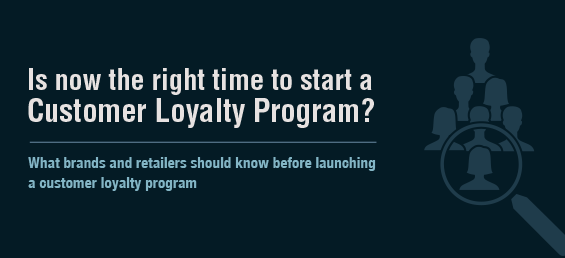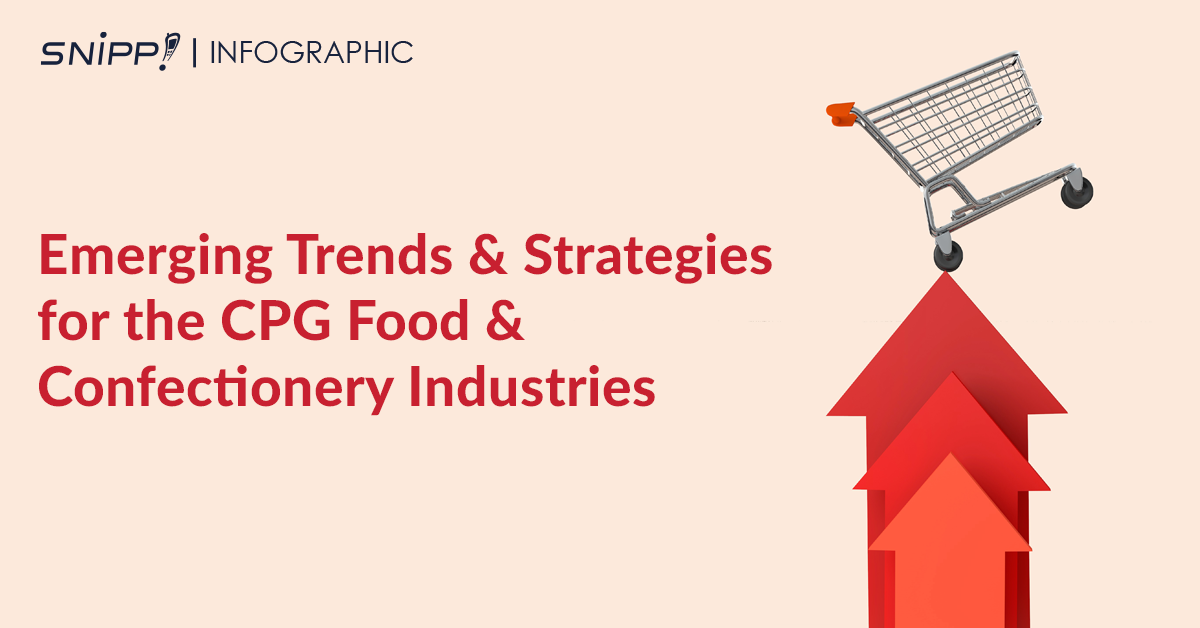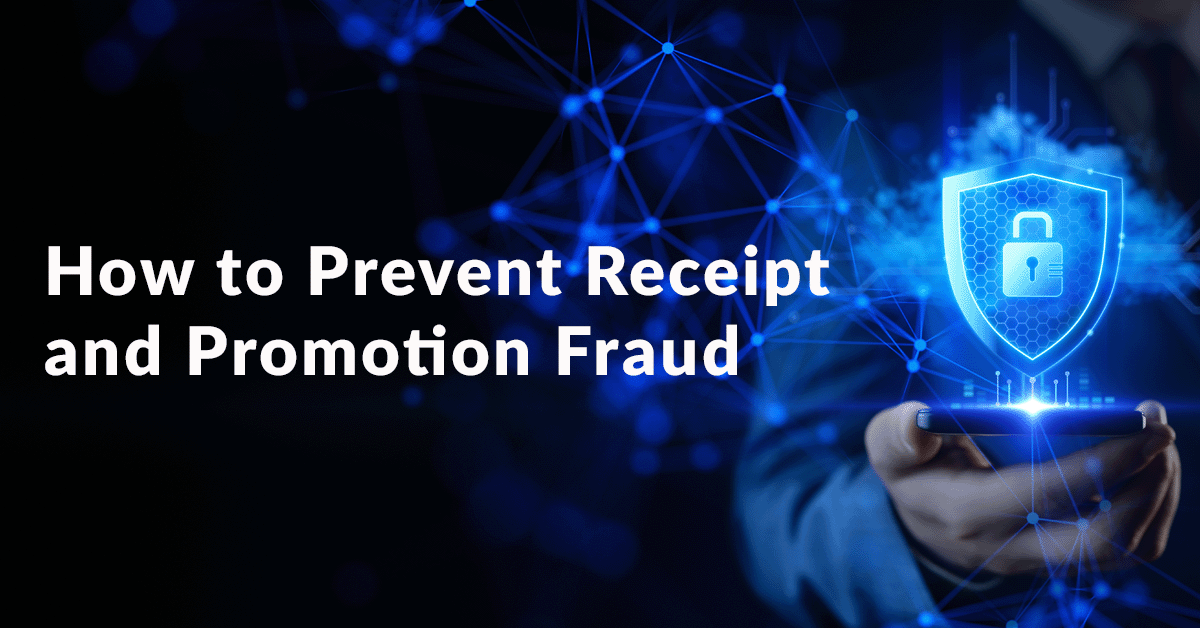What brands and retailers should know before launching a customer loyalty program.
INITIAL QUESTIONS brands and retailers should ask before scoping a customer loyalty program:
- Do you know who your customers are?
- What behaviors are your customers doing today?
- What behaviors would you like them to do in the future?
- Why now?
- Decline in sales?
- Separating yourself from the competition?
- My competitors are doing it?
SO, ASK YOURSELF – WHAT IS YOUR WHY?
TOP 10 BENEFITS OF HAVING A CUSTOMER LOYALTY PROGRAM
- Recruit members into your loyalty program
- Create valuable customer profile
- Increase lifetime value
- Increase average order values
- Increase purchase frequency
- Increase retention
- Increase margins
- Increase cross-selling
- Increase engagement
- Create insights
ADDING VALUE
- How do you change your customer’s behaviors and create value for your customers and your company?
- Enrollment percentages.
- Participation is a key KPI critical; we want members to join, accumulate points, redeem, and repeat the cycle.
- The program should be simple to join and navigate and be exciting for them to earn rewards.
- Different segments of members will see value differently, so you should appeal to as many as possible by offering various rewards.
PROGRAM STRUCTURE
Program Structure should be natural for members to understand and have a flow to complete actions, earn rewards, and experience benefits, as it creates excitement and positive brand experience. The flow of the program should “map” to your customer journey(s). Earning points should be natural – not painful.
The simplest of programs have several elements:
- “Ways to Earn” – Customer Actions
- “Ways to Burn” – Rewards
- “Tiers” based on annual/lifetime spend or points earned
- “Benefits” The program can start with simple elements and build as it grows, and you receive data and feedback
WAYS TO EARN
Incentivizing customer actions & behaviors are “ways to earn”. These can be making a both purchase or non-purchase based activities that can be tracked easily. You can start with a handful of actions that make sense for your brand and add more later on. Examples include:
- Create an account
- Join the loyalty program
- Purchase – online or 3rd party
- Consistently purchasing over
- time (punch card)
- Spending more than the AOV (Average Order Value) and earning points multipliers
- CRM transactions
- Referrals
- Social Media activities – follow, like, share
- Watch videos
- Write reviews
- Create/add to Wishlist
- Sign up for a newsletter
- Fill out a survey
WAYS TO BURN
Customer Rewards are the main reason members join and participate. A good strategy is to enrol members and allow them to earn a reward or benefit they perceive as valuable and cash out quickly. A common mistake is to make the awards seem unachievable and not worth the time/effort to participate. You want members to be excited about your program. The rewards you offer depends on the products and services you provide along with margins. If you have high margins and high repeat purchase rates, both are ideal for a successful program. There are different ways you can drive engagement including offering rebates on purchases, discounts on future purchases or offering exclusive products available only to members. Offering 3rd party products and services can also be a massive boost to your program – the idea is to provide rewards that are high perceived value and low cost to you.
CASE EXAMPLE
Snipp worked with YSL Beauty to map their customer’s journeys and created logical ‘Ways to Earn’ and ‘Ways to Burn’ points that made it simple for members to earn points for purchase actions (including submitting receipts from 3rd party retailers & e-commerce orders), and non-purchase actions, redemption and then repeat the cycle. The strategies maximized ROI, increased average order values, and repeat purchase rates.
Driving Loyalty needs to go beyond the transaction by building a relationship with your customers as they are awarded points for digital or non digital behaviors, which causes more impressions and creates a deeper direct relationship with your brand.
TIERS
Tiers can be a strategy to drive Average Order Value and Purchase Frequency. For example: A bronze level member might be 200 points from a silver level membership , so a triggered message might let them know they are close to the next tier, and if they spend a certain amount they can receive triple points and reach the next tier. VIP tiers can be the ultimate goal for your customers – based on your brand and what you are trying to accomplish.
BENEFITS
Exclusive benefits associated with climbing tiers in your loyalty program can be a very intriguing proposition for members. Building out a menu of benefits can include things like free shipping, early access to products, additional points, surprise & delight rewards and monthly sweepstakes/contests. Without benefits, you aren’t providing an incentive to strive to reach a higher tier.
CASE EXAMPLE
Lancome ELITE REWARDS recognizes they have a wide assortment (segments) of customers that are attracted to different offers and benefits. Offering tiers and benefits can maximize engagement for each of their members.
Today, more and more brands recognize that points in a Loyalty Program are table stakes, and a tiered program is needed to differentiate from competitors. By providing exclusive products and services that customers can only attain at higher tiered levels, brands now stimulate the feeling of exclusivity and drive a deeper emotional bond with their loyalty members.
MARKETING YOUR PROGRAM
This is a wide topic so we will touch on common practices in this paper.
THE WHOLE COMPANY NEEDS TO PARTICIPATE: All your employees should know you are launching a loyalty program, sign up as a member and understand how to direct customers and potential customers to sign up.
RELEVANT MESSAGING: Creating segments, campaigns, and triggering relevant messages based on actions or events can maximize participation and ROI.
Popular email/SMS templates are:
- Program recruitment
- Welcome to the program
- This is how the program works
- You’ve earned points
- Refer a friend / Thanks for referring a friend
- Happy birthday / anniversary
- Ways to double/triple points
- Events
- And More…
Don’t forget to include consistent messaging in posts on Social Media platforms – Facebook, Instagram, Pinterest, Twitter etc.
PACKAGING
You can advertise your program on/in your product packaging – sold via 3rd party retailers
CALLS TO ACTION
- Add a loyalty recruitment banner to your home page
- The loyalty landing page should explain the program
- structure and how it works with the T&C’s
- Add links to your website navigation pages
- Give the option to enroll in the shopping cart
- Post purchase – ask customers to refer friends
- The secure area (where your customers login and review
- past orders, change password etc) should have a recruiting
- banner advertising your loyalty program
- Add messaging on product pages Eg: “buy this product and
- receive xx points” + if the margins are higher on certain
- products, give a points multiplier 2x, 3x etc.
- Credit cards or payment plans can receive added points
- Be creative and see what other programs are doing!
CASE EXAMPLE
Perfectly Posh does an excellent job driving more customer engagement. Members can use ‘Perks’ (equal to points), to buy this product if you have enough saved up OR earn perks if you buy this product. Members can also buy 5 and get 1 free.
Too many brands forget to advertise and promote the program everywhere their customers are engaging. Calls to action should be on most of your advertisements, newsletters, email/SMS messaging, website navigation, packaging, social media, product pages, etc.
PROMOTION
You can create loyalty specific promotions using campaigns. If you take it a step further and advertise and co-op advertise with your retailers, make your offer “buy $50 of our products and get $10 gift card to xx merchant + 100 points in our loyalty program”. In other words, piggyback on your current advertising spend (short term) and recruit these customers into your loyalty program (long term).
CASE EXAMPLE
Snipp’s modular customer acquisition and engagement platform enables Kellogg’s to run multiple promotions within their KFR loyalty program to engage customers in any channel across the entire path to purchase – customized by region, channel, retailer and more. Promotions include instant win, gift with purchase, punchcard continuity programs, buy X get Y, reward programs, sweeps, rebate programs, gamification, social media programs, and more. The unique first party data collected from these programs helps Kellogg’s build robust, proprietary unified data sets that enable intelligent decision making to drive personalization.
PREDICTING FUTURE ROI
You can estimate the success or failure of a loyalty program by collecting your current metrics and inputting into ROI calculators. Companies like Snipp can create a number of scenarios and project best-case, worst-case, and most probable outcomes. A priority is to recruit members and drive specific behaviors that increase in their Average Order Values and Purchase Frequency which can be measurable in short time periods. Snipp can estimate the program’s costs, which can include a technology vendor, IT – internal or from an agency, rewards, program management, email volume increases, etc.
MEASURING THE SUCCESS
Comparing post-launch to pre-launch estimates is important. Is your program meeting/exceeding industry standards? If you deploy a loyalty program today and in 1-year, your CFO asks if it’s profitable; how do you answer that? There are many metrics that can measure over the short and long-term. You can start by comparing program members vs. non-members (a) Average Order Values and (b) Purchase Frequency over 6-month periods and increase both from 8% to 40% depending on your situation. Top-level revenue should increase by 5% to 15% based on the channels of your sell-through. You should differentiate purchases coming from each sales channel to analyze relevant data and make adjustments accordingly.
BACKEND & DASHBOARD
Managing your program members should be simple and as automated as possible. As members enrol and start using your program, lots of purchase and non-purchase data is collected and if interpreted correctly, can allow you to make improvements not only to your Loyalty platform but many of your marketing functions, and give you a competitive advantage. You should integrate with other systems via API or native integrations – ex: Ecommerce Platform, CRM, ERP, ESP, Physical Point-of-sale (POS), etc. Your system should have advanced segmentation, campaigns, messaging triggers, demographics and behavioral characteristics.
MARGINS/LIABILITIES
Margins/Liabilities are part of the formula for determining success. When designing a points-based program, those points must have value, so when your members redeem points, they are converted from points to a reward, and the amount gets deducted from their account. Points will have a specific value (penny, dime, nickel, dollar, etc.), so predicting and putting limits on how much your customers cash out is a balancing act since you should both protect your margins and give members enough value to be excited about the your program and its rewards/benefits. Your program should be as automated as possible and scale; being financially responsible from the start is essential to making the program profitable.
MULTICHANNEL
Ensure your loyalty program covers multiple sales channels. Make it easy for your customers to buy from you anywhere, from any device AND get full points credit for those purchases.
- 3rd party retailers
- eCommerce
- Social
- B2B CRM
- Mobile
- Web
- Distributors
CHOOSING THE RIGHT TECHNOLOGY AND STRATEGIC SUPPLIER
There are several critical elements contributing to the success of your loyalty platform that depend on choosing the right technology & partner. These can include: technical limitations, lack of loyalty expertise or vendor support provided. If you sell across multiple channels such as D2C online, 3rd party retailers, physical stores, B2B online or via distributors then choosing a partner can be much more difficult than if you sell in one channel. If you sell into a single channel.
Settling for a vendor so your members should have easy access to your Loyalty Platform from any channel or device. If your program requires, you should have fully managed services with a dedicated client success team that helps you from concept, strategy, building requirements, resource planning, implementation and ongoing support.
WHY IS IT SO HARD TO PICK THE RIGHT VENDOR?
The Loyalty technology business is hard because of so many variables. If you separate the technical aspects from your business objectives, it becomes an easier task. The first thing is to make sure the business is impacted positively as it can affect your customers, employees, partners, products and much more. If the business case is strong enough then the technical needs along with strategic consulting and support are part of that package. As a buyer it’s important to assess your exact situation, pain points and goals and how a loyalty program can impact your business, the resources needed, how the decision-making process will work, level of effort to deploy, maintain and improve as the program matures.
CASE EXAMPLE
The new Bavarian Inn Perks club offers customers an enhanced experience while gleaning data from separate locations to identify and incentivize high performing guests. Snipp guided the evolution of this program by integrating 3 different POS systems into one platform, and automating previously manual processes for both Bavarian Inn and its customers. The loyalty program also leverages Snipp’s receipt processing tech, allowing members to earn points simply by uploading their receipt at the point of purchase.
THE SnippLoyalty PLATFORM
SnippLoyalty is an end-to-end, real-time multichannel SaaS loyalty platform. Our innovative, cloud-based loyalty platform is not just about ‘customer’ loyalty but about Creating Customer Acquisition and Engagement Hubs. It is tailor-made for brands to engage with and build deeper relationships with their consumers. Available in modules based on business needs, it is structured around core features that no loyalty program today should be without – receipt processing, real-time transaction processing, social media & other technology integrations, rewards, data collection & analytics and more.
– Scott Hawkyard, VP of Sales – Loyalty, Snipp Interactive





